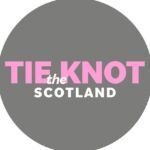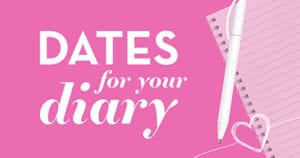Behind the sparkle of some gemstones hides a bitter history. We’ve unearthed the facts to help you choose jewellery with a clear conscience

Provenance matters, whether we’re talking about coffee, clothes or diamond rings. We’ve all become more interested in recent years in knowing where the things we buy come from. Before we part with our cash, we want to be sure that our veg has been grown safely, that the chickens who provide our eggs have been looked after humanely, that the factory making our T-shirts treats its workers right.
It should be the same when we buy a piece of jewellery. There should be no doubts in your mind, as you admire the sparkle of your brand-new engagement or wedding ring, that someone risked their life for that diamond.
The jewellery industry has not always been as fair or as legitimate as it is today. Nowadays, thankfully, there are laws in place to ensure that the precious stones you buy and wear are all sourced and made without anyone being harmed in the process.
When you’re browsing for rings, you might come across some that are labelled ‘cruelty-free’ or ‘conflict-free’. What does this signify? And which laws does a jeweller have to comply with in order to ensure that what they sell is of the required standard?
Supremely portable and easily hidden, diamonds and other precious gems have been seen as the ideal currency in times of conflict. These ‘blood diamonds’, exchanged for weapons and explosives, have become notorious in recent years for financing uprisings and civil war in some countries in Africa. Some have since been sold on, made into rings for sale in swanky but unscrupulous boutiques around the world.


Other diamonds have a less bloody but equally unethical history, having been mined by workers forced to labour in horrifically dangerous conditions. You don’t want either on your finger – but how can you be sure that this won’t happen?
“The only way to know precisely where your diamond has come from is to buy it from a reputable jeweller who can trace the stone’s origins,” says Richard Laing, director of Laing Edinburgh. Reputable jewellers like Richard hand-pick their diamonds, so will be able to provide you with a full history of the stone when you come to buy.
If a diamond has been ethically sourced, your jewellery will come with a certificate detailing its origin. “Once you find a jeweller you trust, make sure to ask for an independent diamond grading report,” suggests Kristin Mahan of the GIA, the world’s foremost authority on diamonds, coloured stones and pearls.
If, after reading this, you’re determined not to end up with a blood diamond, there are things you can do to give yourself peace of mind. “You should select a jeweller as carefully as you would a doctor, a lawyer or any other trained professional,” advises the GIA’s Kristin. Chances are, your jewellery will be one of your bigger wedding purchases, so it’s definitely worth finding someone you trust.
Brush up on the 4Cs, too. For diamonds, these are: cut, colour, carat and clarity. All four will be detailed in your diamond report, and all add to the quality and value of the stone. Not every jeweller considers the 4Cs to determine the overall worth of a ring, however.








